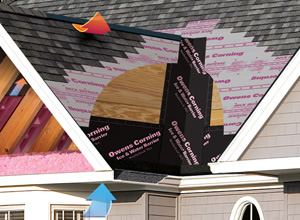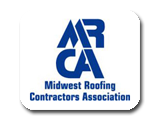Insulation and Ventillation
 Insulation and ventilation work simultaneously to keep your home comfortable and functional.
Insulation and ventilation work simultaneously to keep your home comfortable and functional.
Depending on the governing municipality certain ventilation and insulation requirements may be required.
An attic insulated to today’s energy standards with fiberglass insulation minimizes heat loss through the ceiling, which eliminates the possibility of snow melting and refreezing at the base of the roof, causing ice dams.
If your building was built prior to 1980 chances are that it may need more attic insulation. The amount that is needed depends on your buildings location and energy savings needs, and personal life style. Insulation levels are recommended by geographic zones and are stated in R-values. R-value is the resistance to heat flow of a material. The higher the R-value the greater the insulating power.
Adequate ventilation creates a positive air flow that allows a building to “breathe”, which helps prevent moisture from damaging your attic and building interior. Improper attic ventilation can impact the life span of a roof system, and even the entire structure. A balanced ventilation system in our opinion is as equally important as the roof system itself.




